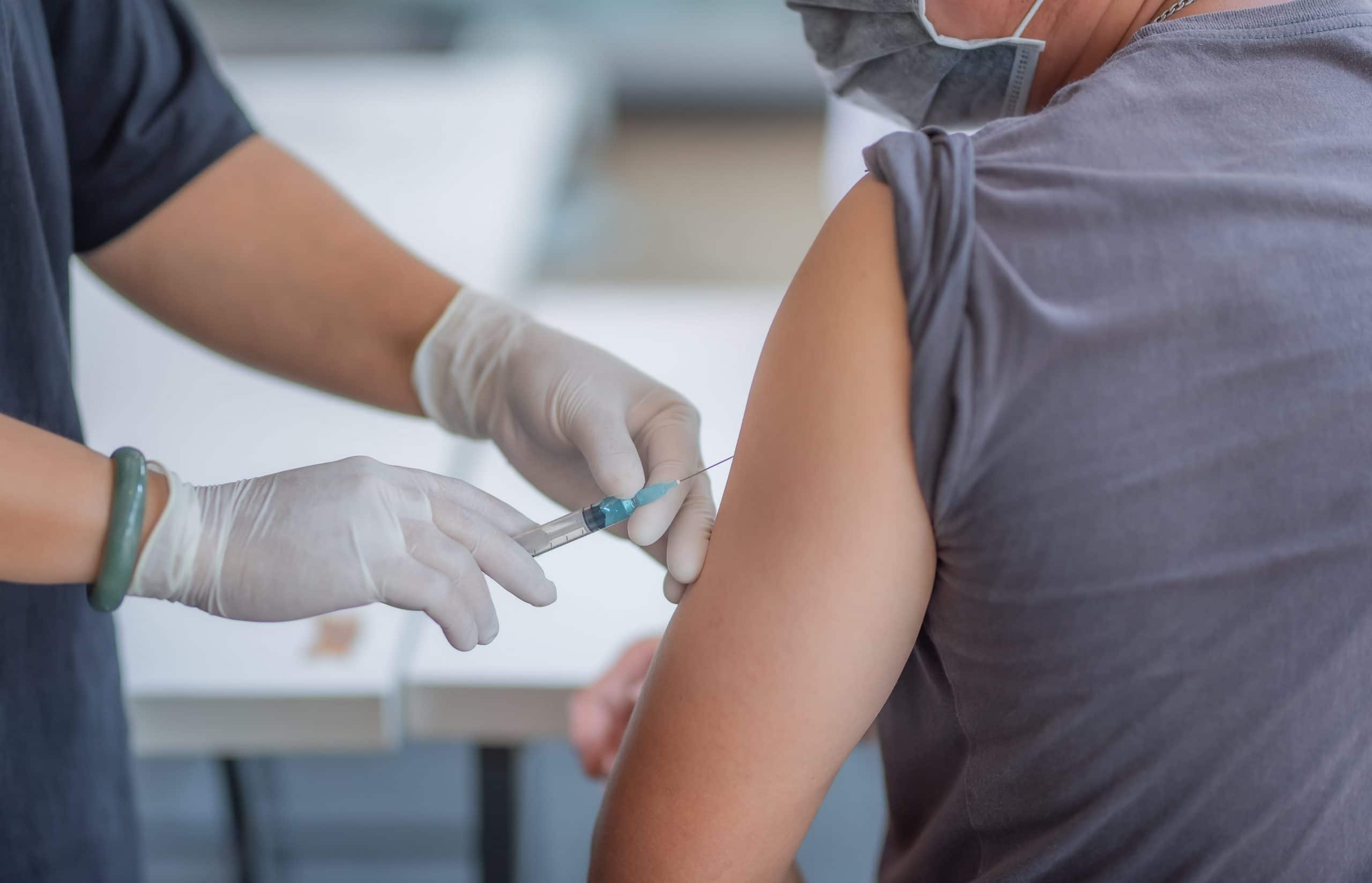EMT Review of Bodily Fluid Exposure
 Being an EMT comes with a unique set of occupational hazards, including increased risk of exposure to bodily fluids. In order to keep yourself, your fellow providers, and your patients protected, EMS personnel should stay current on the latest risks, prevention, and protocols in the event of bodily fluid exposure through EMT or paramedic continuing education. Here is a brief review to help you refresh your skills and stay safe.
Being an EMT comes with a unique set of occupational hazards, including increased risk of exposure to bodily fluids. In order to keep yourself, your fellow providers, and your patients protected, EMS personnel should stay current on the latest risks, prevention, and protocols in the event of bodily fluid exposure through EMT or paramedic continuing education. Here is a brief review to help you refresh your skills and stay safe.
Risks of Bodily Fluid Exposure
Bodily fluids can be vehicles for infection and other pathogens. Some of the most common concerns are bloodborne pathogens, such as human immunodeficiency virus (HIV), hepatitis B virus (HBV), and hepatitis C (HVC). These viruses could also potentially be transmitted by semen and vaginal secretions, amniotic fluid, synovial fluid, peritoneal and pericardial fluids, and cerebrospinal fluid. Other bodily fluids like saliva, sweat, urine, and vomit carry a lower risk of transmitting HCV and HIV.
As the New York State Department of Health reminds us, “In emergency situations, differentiating between body fluid types is difficult or impossible, and all body fluids are to be considered potentially infectious.”
Take the Proper Precautions
With such high risks of infectious disease, workplace safety as an EMT should be paramount. One of the simplest ways to protect yourself from bodily fluid exposure is to comply with your department’s standards for personal protective equipment (PPE).
At an absolute minimum, EMTs should always wear gloves when treating a patient. Gloves place a barrier between your skin and infectious fluids or other contaminated surfaces.
Other PPE you should consider using or may be required to use in your department include:
- Gowns, shoe, and head covers to keep your body and clothing safe from infectious fluids and to prevent you from accidentally spreading disease
- Masks and respirators to protect your nose and mouth from fluid splatter or potential airborne particles or pathogens
- Goggles, safety glasses, and face shields to protect your eyes from fluid splatter and the sensitive facial skin from contamination
Speak with your designated infection control officers (DICO) about your department’s specific requirements and safety protocols. Even with PPE in place, always practice situational awareness. Note when an emergency will likely involve bodily fluids, and look out for your team members. Reminding each other when to follow protocol keeps everyone safe.
What to Do if You Are Exposed
Speak with your DICO and review the specific protocols for your county and state as part of your EMT continuing education (EMT CE) so you know what to do if you or a member of your team is exposed.
General best practices include:
- Immediately report any contact with bodily fluids to your supervisor and DICO. Be sure to include:
- Date and time of exposure
- Details of procedure being performed
- Details of exposure
- Details of exposure source
- Exposed person’s details
- Details of post-exposure management
- Thoroughly cleanse the area of exposure.
- Seek immediate medical attention and evaluation.
- During the medical evaluation, professionals will review your immunization history, perform relevant tests, and recommend any follow-up treatment. Be sure to adhere to the treatment recommended.
- Along with your DICO, complete the necessary reports and documentation for your area.
- Monitor your health.
- Ensure you are taking care of your mental and emotional health as well as your physical health. Build a support network and obtain professional help, if needed.
You have a responsibility to yourself, your colleagues, your family, and the general public to report any exposures so that you can reduce the transmission of these communicable diseases. The earlier you report your exposure, the more likely that prophylactic treatment will be effective.
As Anne Perry—CareerCert’s clinical program director, NRP, CET, CPT, LPN—notes:
“When washing the affected area, use warm but not hot water; hot water can open the pores and consequently allow entry of the microorganism. Also, friction is important, but you do not want to be too aggressive with the friction as it can cause the area to become more abraded and allow for entry of the germs into a larger area.
“Should you have an exposure through the eyes, nose, or mouth, flush the area repeatedly with copious amounts of water.
“It is NEVER recommended to use caustic agents on the skin or mucosal membranes or to inject antiseptics or disinfectants into wounds during the post-exposure period.
“Exposure to contaminated blood or bodily fluids, whether you have been vaccinated or not, requires reporting to your Dedicated Infection Control Officer (DICO) and protocols must still be followed to ensure that you are receiving adequate care to maintain your health and well-being, both physical and psychological.”
Discover how you can be better prepared while providing the best care to your patients with CareerCert’s online courses.
Sources:
- Components of personal protective equipment (PPE). Minnesota Department of Health. Jan 29, 2019. https://www.health.state.mn.us/facilities/patientsafety/infectioncontrol/ppe/comp/index.html.
- Exposure to Blood and/or Body Fluids. New York State Department of Health. Mar 2005. https://www.health.ny.gov/professionals/ems/policy/99-06.htm.
- Perry A. Infection control: Best practices and protocols. CareerCert. May 1, 2020. https://careercert.com/articles/infectious-diseases/infection-control-best-practices-and-protocols/.
- Waseem M. Body fluid exposures. Medscape. Jun 19, 2019. https://emedicine.medscape.com/article/782611-overview.



